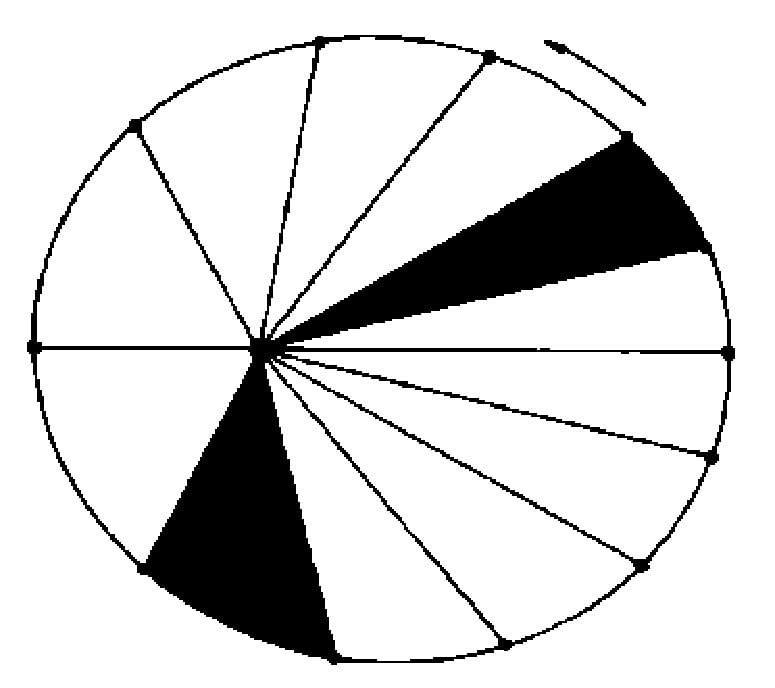The third law of motion said—‘Action and reaction are equal and opposite.’ Newton felt that in solar system the planets do not orbit around the stationary sun as was propounded by Kepler. He upgraded the Kepler principle by saying that the planets and the sun merely rotated around the centre of the gross mass of the solar system. He presented this fact by the following equation:
(m1+m2)P2 = (d1+d2)3 = R3
Here P2 stands for the time taken by various planets to complete orbits. The masses of the sun and the planets are here naturally different as the truth is. Kepler had thought the third law had taken the earth years to determine the masses and the distance was shown as Astronomical Unit. For the equational balance the masses be kept on the left side and the distances on the right. In this way it does not matter which mass (planet) is how far from the sun because the end result will be the same. Here we have to take into account in the light of this new Newton equation (A balance needs to be there in the mass 1 and mass 2). What happens if the mass of one body is relatively greater than the other? In this consideration if we take mass-1 to be the sun it will naturally be far greater them any other solar body and the third of Kepler any will be like the following :
In simplified form it will be :

We can see that the third law of Kepler leads to the fact that the mass of the sun was so massive compared to other planetary masses that Newton’s law has very little effect on it. But it was mathematically wrong and the equation of Newton was technically correct and scientifically authentic however little actual difference it might have made. After all the science is all about correctness and precision. Kepler was mathematically on weak ground inspite of being near to the factual reality. Newton had indeed upgraded Kepler law to the technical correctness.
